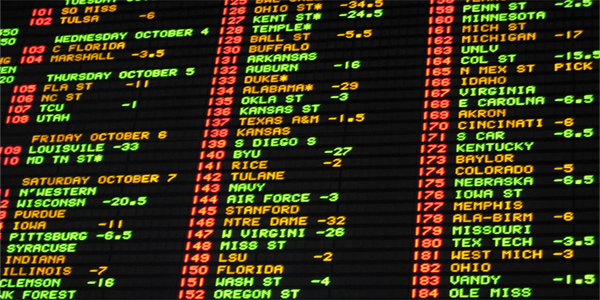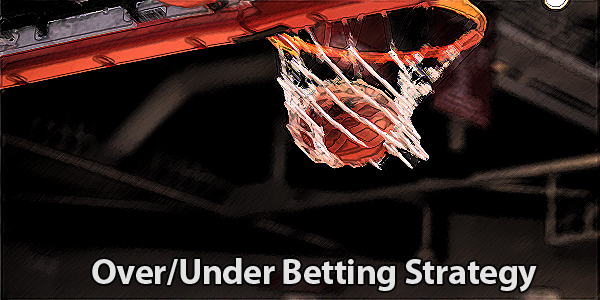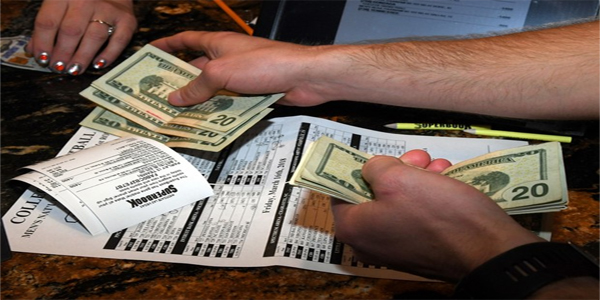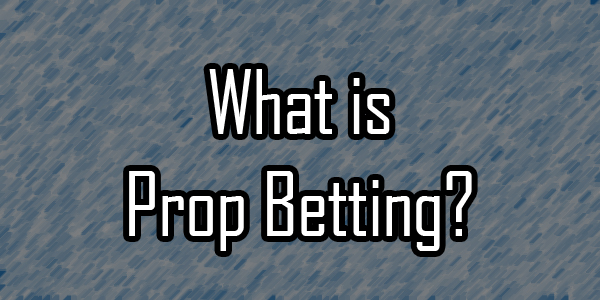Understanding the betting market is not easy. There are a lot of complexities and if you don’t know what you are looking at, or what you are looking for, then it’s just a bunch of numbers and things changing colors. Betting odds and the movement of those odds can tell us a lot of really important things about what may happen in a given game.
Let’s start with the odds themselves. Most of you reading already know the basics. The spread is a “handicap” for the better team or the team in a better spot. If it was as easy as taking the Green Bay Packers against the Cleveland Browns, everybody would get rich off of betting sports. The idea that you have to consider if the Packers can beat the Browns by more than seven points levels the playing field. The Cleveland Cavaliers should beat the Philadelphia 76ers, but will they do it by more than 14 points?
As you know spreads are written as +7 or -7, +14 or -14, and then they have “juice” or “vig” attached to them. Generally speaking, the juice is -110, which means $110 to win $100. For more of a discussion on the vig, check out this article.
Then there’s the money line. That’s as simple as picking a winner. The Patriots were -3 in Super Bowl LI, so they were a -155 favorite or thereabouts. The Falcons were +3, so they were paying back +140 or so. There’s a chart for money lines that has been back-tested based on implied probability relative to the spread or other factors.
Totals are pretty cut-and-dry as well. The total number of points scored needs to be over or under 58. A 35-24 score cashes the over and a 31-24 score cashes the under.
You already know this stuff. But, do you really know what you’re looking at when you read the odds screen? What does it mean when Bookmaker Sportsbook is at -7 (-115) on the Packers and Bovada is -7.5 (-110) on the Packers? The Packers winning 31-24 would be a push at Bookmaker, but a loser at Bovada. How can two different sportsbooks end up with different results on the same game?
One of the interesting elements about sportsbooks is that not all of them have the same clientele. We’ve talked in the past about sharp money and public money. Those two concepts influence what happens to the lines at certain sportsbooks. A sportsbook like Bovada caters more to public money. Those players are generally going to play the favorites and the overs. Is this a bad thing? Not necessarily, it’s just a fact. A sportsbook like Bookmaker has a wider range of clients, both sharp and public, but there are going to be more sharp players that influence the betting action. Bookmaker may take a decent amount of public action on the Packers, but it’s the sharp action that, more often than not, will have the greatest impact on the betting odds.
As an educated observer, you can use these types of things to your advantage. A lot of bettors will use things like this as an indicator of which side is the “sharp side” and will want to side with that. Sharp players win more often over the long-term than public players.
It is also an indication that lines could be moving. If the Cavaliers are -14 at Bookmaker, but -13 at The Greek Sportsbook, this is probably a sign that the sharp players prefer the 76ers. Knowing that, if you want to bet on the Cavaliers, you can assume that the rest of the market is going to be making some adjustments to its lines and will move down to -13. If you like the 76ers, it’s a sign that it might be best to grab the +14 before it goes away or the juice is increased to -115.
Interpreting this data and correctly predicting line moves are skills that handicappers learn with experience. By no means does it mean that the sharp side is always right, but the better number will win more often than the worse number over a large sample size of games. Having a general knowledge of the clientele at certain sportsbooks will allow you to make this distinction. Sportsbooks like Pinnacle and The Greek cater to bigger players and no longer allow sign-ups from U.S. account holders. The players still at those sites from the United States have been grandfathered in because they have been there for a long time. Bookmaker takes a lot of action across the board, but a variety of different types of sports bettors generally means more respect will be given to the sharper segments of the betting market. Bovada is a more public book, so the bookmakers over there will shade lines towards public sides, like popular teams that have a lot of success or teams that score a lot of points. 5Dimes has a lot of different players and a lot of betting options, so there are a wide range of handicappers and a wide range of bankroll sizes, so it can be a little bit tougher to decipher whether their stances are sharp or public.
But, you can find some edges at books like that anyways. Think about it. If a line is moving on the 76ers against the Cavaliers, who is betting against the Cavs? Who actually wants to bet on the 76ers? Sharp bettors like to say that they “bet numbers, not teams”. That’s pretty clear if they are betting against the Cavaliers to back the 76ers, right?
These line moves happen throughout the day and learning how to read the market is really important. There’s nothing more frustrating, both as a novice handicapper and as a professional handicapper, than to bet a team at -7 just for the line to drop to -6, or for the money line to go from +150 to +160. These small edges may not seem like a lot in a one-game sample, but they mean a lot over a long-term sample of a lot of individual games or events.
Knowing when to enter the market is a challenge for all handicappers. Even the sharpest guys can find themselves on the wrong side of line moves if other sharp guys go in the opposite direction. Most amateur handicappers don’t have all day to sit and watch the odds screen, so you can keep some of these tips in mind when you do have a chance to look. Taking context clues from the sportsbooks based on where they have set the numbers and where they are relative to the rest of the market is one of the things that elevate your skill set as a handicapper and help your bottom line and your bankroll.






